10 Interesting Facts About Fungi You Probably Might Not Know
Fungi have a long history of use by human beings. A fungus called yeast is majorly used in baking bread and to ferment beverages.
You must have heard or read about fungi in the science books, it is living organisms that are usually found on the Earth and ranges in size from being tiny to as large as square miles. Throughout the world, it is known that there are to be millions of different species of fungi right from small single-celled yeast to the honey fungus. There are many types of mushrooms that are responsible for the cases of sickness and death.
1. Use of Fungi Can Cure Disease
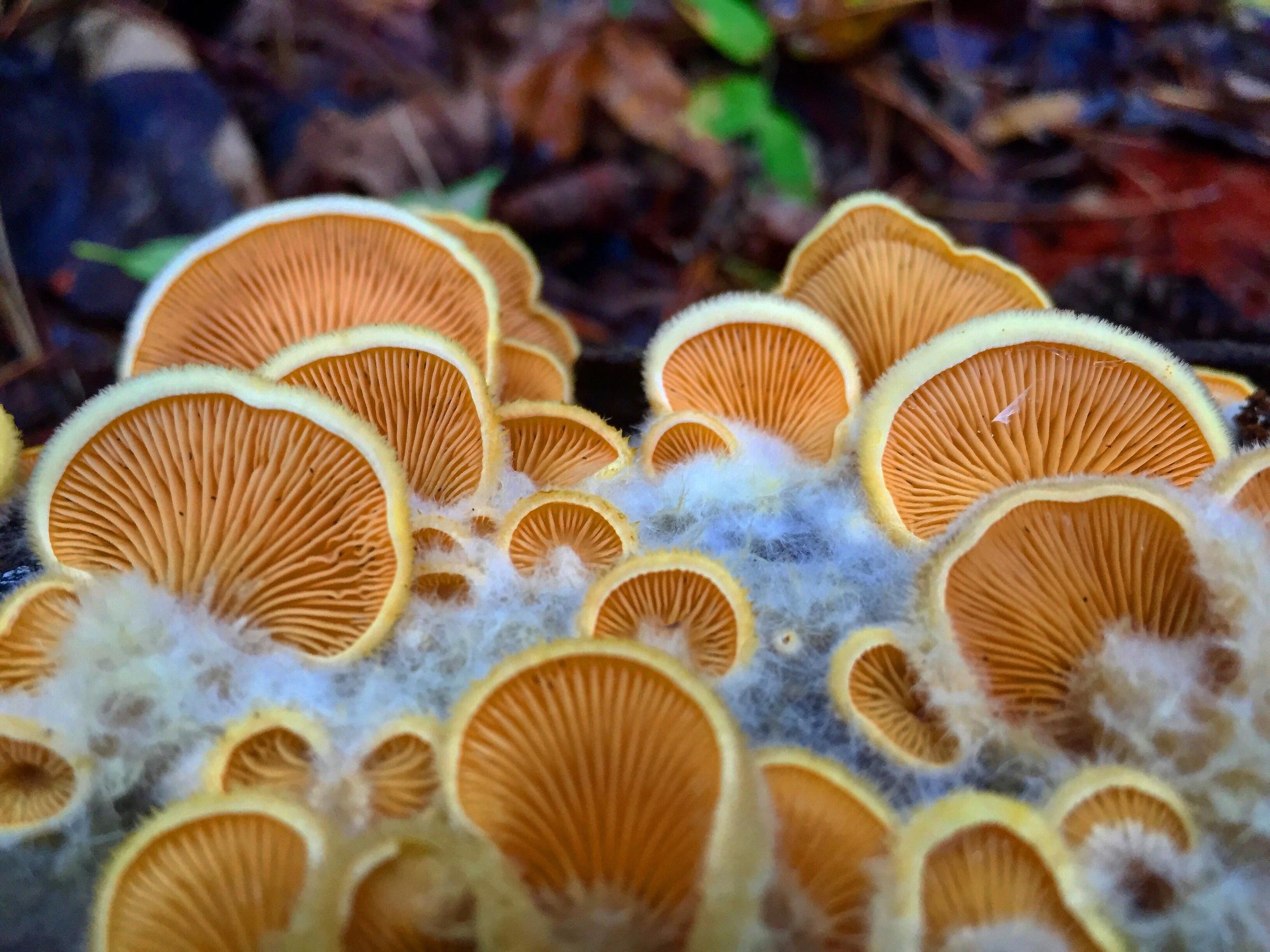
Have you ever used antibiotic penicillin? This antibiotic is produced from a mold that is the fungus. It was in 1929 when a doctor in London, England declared that the medicine he called penicillin had been derived from the Penicillium chrysogenum. His discovery and research lead to the development of many antibiotics that would save a number of lives.
2. Fungi Play Key Role in the Environment
Fungi are the main decomposers of dead organic matter. Without Fungi, the dead trees, leaves and other matter in the forests wouldn’t have their nutrients available for different flora to use. It plays a key role in the cycle of nutrients in the environment. For instance, Nitrogen is the main component released when fungi decay organic matter.
3. It is the Largest Living Organism on the Planet
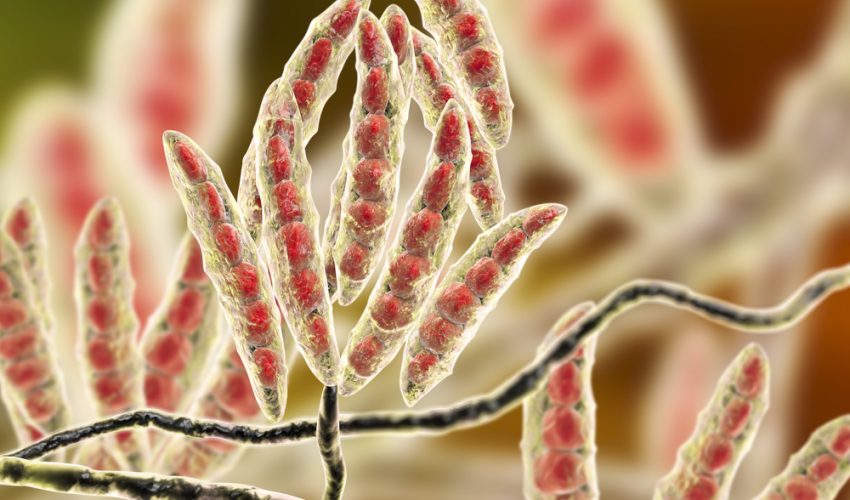
Honey mushroom is the largest living organism ever noticed on the planet. According to the study, it is believed that Honey mushroom is about 2400 years old and covers nearly 200 acres. The lesser known fact about this fungus is that it kills trees as it spreads.
4. Sometimes It can be Deadly
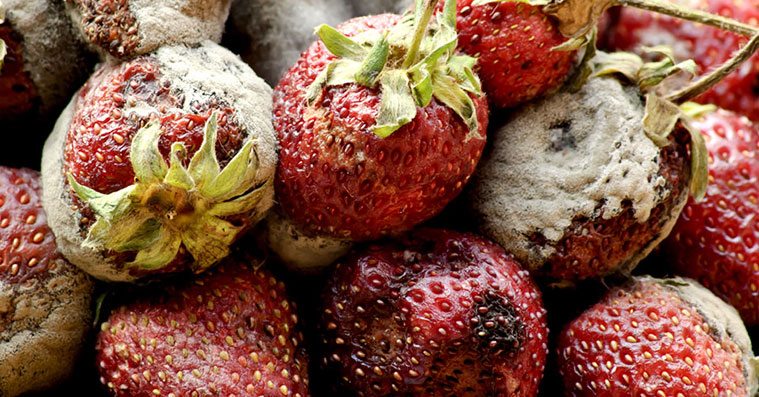
You never know but some fungi are toxic enough that it can cause death in humans and even in animals. This kind of fungi contains a substance called as amatoxins which are good enough in restraining RNA polymerase II. It is an essential enzyme that is majorly involved in the production of a type of RNA call messenger. (14.1)
5. Fungi cannot Prepare Their Own Food

This might sound you interesting, but fungi cannot prepare their own food, as it lacks chlorophyll of higher plants and is only recognized by their bodies which are just the visible part of the fungus. For example, mushrooms, molds, and morels.
6. They Digest Food Outside Their Bodies
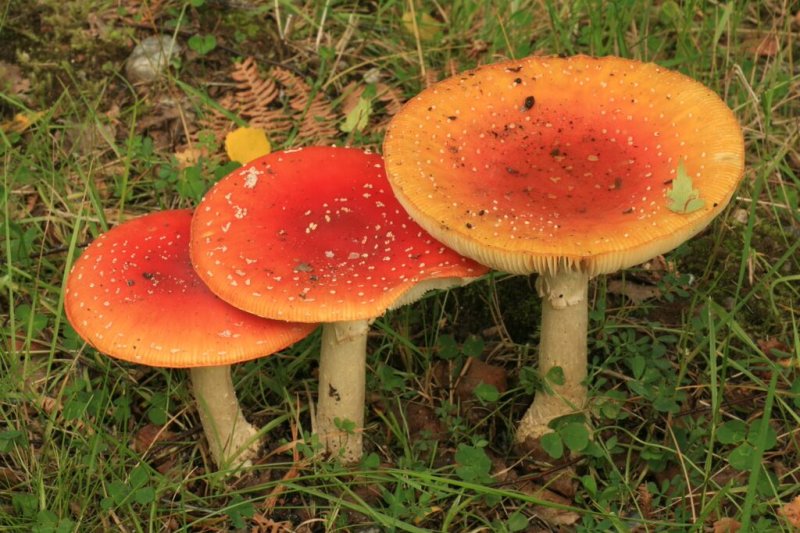
Another lesser known fact about the fungi is unlike humans and animals which digest their food inside bodies, fungi digest food outside their bodies.
7. It can Also Cause Disease

While fungi can cure diseases, it can also cause severe problems. For instance, ringworm is associated with fungi, it gets its name from the shape of rash produced. Other major diseases which are caused by fungi are Athlete’s foot, valley fever, and Histoplasmosis.
8. It can be Also Used to Control Pests
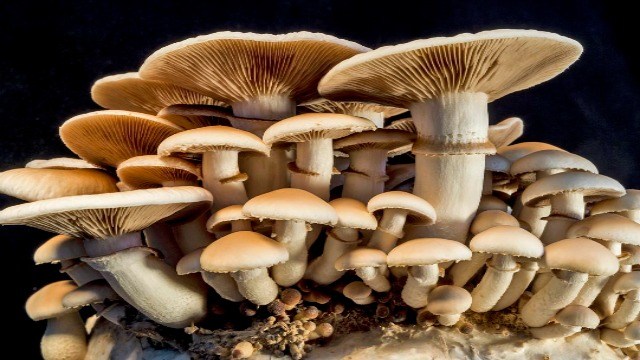
There exist some fungi which are able to subdue the growth of insects and nematodes that may harm crops. Unfortunately, there is very less number of this kind of fungi group who are referred to as hyphomycetes.
In addition, it also increases the fertility of the soil and does not allow any other plant harming bodies to grow around it.
9. It is Present Everywhere
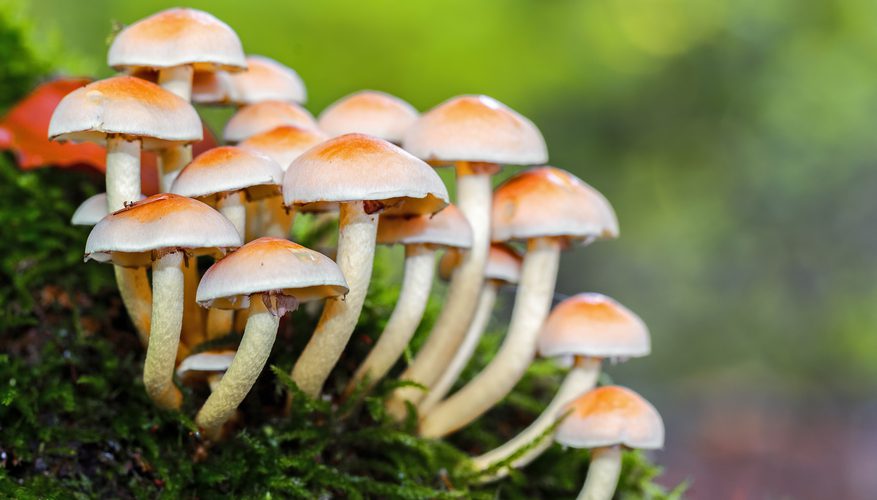
You can notice fungi everywhere; it can be noticed in sand dunes, inside radioactive nuclear reactors, on rocks, in space and even in your lungs. Some fungi can even break down chemicals like petroleum products and chemical warfare like Sarin into their inner molecular parts.
10. They are Most Unappreciated
Fungi are often undervalued and non-explained organisms on the earth. They are aerobic and chemoheterotrophic and play a vital role in the degradation of toxic compounds. In fact, fungi are the major cause of wood degradation in buildings. (14.2)
Popular Posts
What Is Trypophobia – A Disgust More Than Fear
"I can't really face small, irregularly or asymmetrically placed holes, they make me like, throw up in my mouth, cry a little bi...
Chandan Roy
16 Interesting Facts About Ambidextrous People
A lefty or left-handed uses his left hand more naturally and dominantly than the right hand. And the righty or right-handed is o...
Ethan Stephans
20 Interesting Facts About Meteoroid, Meteor and Meteorite
Watching celestial objects is a true delight. It is still fun to catch a sight of shooting stars when we grow up. A second of th...
Swati Bhandari








